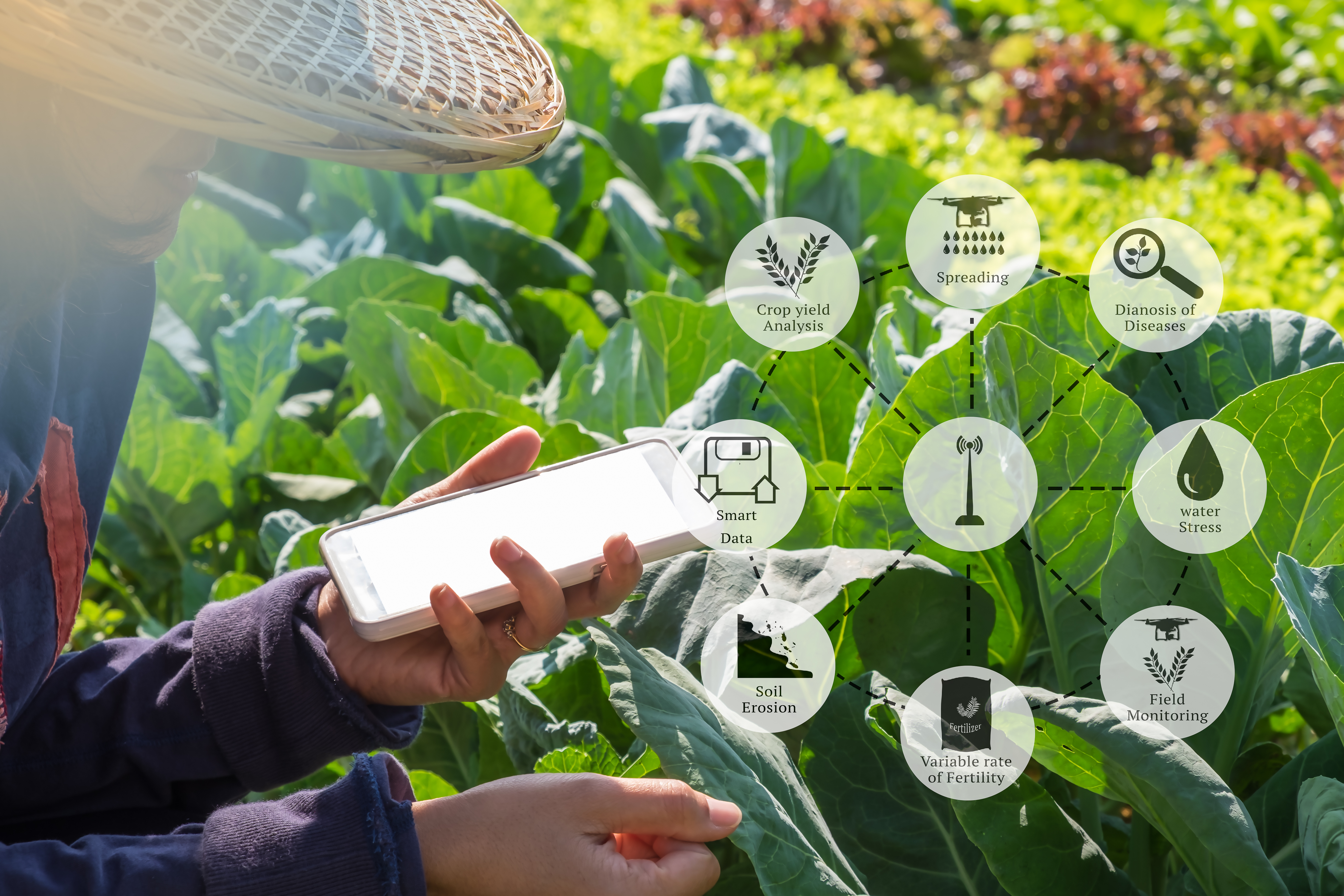Editor’s Note: Joseph Byrum is chief data scientist at Principal Financial Group, an investment management group based in Des Moines, Iowa. Byrum recently joined Principal after 11 years at Syngenta, most recently in a senior global product development, innovation, and delivery role. He is a regular contributor to AgFunderNews; you can find his previous posts here. Connect with him on Twitter @ByrumJoseph.
His latest guest post for AgFunderNews focuses on the value of farm data.
How do we value the data that come from the farm? The question has no simple answer.
Mastercard’s long-running “priceless” advertising campaign captured the difficulty quantifying the value of certain things in a series of commercials highlighting the ease of specifying the worth of certain physical products. A father taking his son to a baseball game pays $91 for the tickets, food and an autographed baseball — all purchased on credit, naturally. Each item has a clear, fixed value. But the intangible worth of the conversation between father and son during the afternoon outing was deemed to be priceless.

The same contrast can be made on the farm, where land, seed, water, fertilizer, crop protection products, farm machinery, fuel, sensors, labor and software all have a price that’s easy to pinpoint. By contrast, the data generated by working the land with each of these items have no fixed price, but at the same time, there’s a high demand for access to that information. The farm data clearly have value, even if a dollar figure is not easy to assign.
The value of data in soybean production
It might help to consider an example of what farm data can do for soybean farmers to shed some light on the scale of data’s potential value.
By any measure, the United States dominates soybean production. Out of the estimated 351 million tons that will be produced this year worldwide, about a third — 117 million tons — will come from US fields, according to the USDA. Incredibly, however, Brazil is just 3 million tons shy of snatching the title of world’s top soy producer from the US, a situation that would have been unthinkable a mere decade ago.
What has changed in the last ten years? Brazil used to find itself 28 million tons behind US growers, but the country has swiftly caught up, nearly doubling its soy output, while maintaining a 12% advantage in the per-acre cost of growing ($364.09 in the United States compared to $324.33 in Brazil). The USDA says the secret behind Brazil’s jump in soybean yields is the “new seed technology developments by EMBRAPA.”
EMBRAPA is the Brazilian Corporation for Agricultural Research, an organization that has coordinated the country’s public and private agricultural research efforts with a goal of replicating, on a smaller scale, the Green Revolution of the 1960s. The combination of Brazil’s widespread adoption of zero tillage techniques with the breeding of advanced soybean genetics specifically adapted to the South American climate and soil conditions has produced the desired result. It would never have been possible to develop advanced cultivars in so short a time without the power of what the organization calls scientific computing.
“With the increasing availability of computer resources,” an EMBRAPA white paper explains, “new techniques of analysis have been developed to analyze data in general from which agricultural research has much to benefit. Research data accumulated for years can now be assessed via data mining and experimentation optimized with the help of simulation.”
In a word, Brazil’s success is built on data.
The lessons for US farmers
This ought to serve as a wakeup call for US soybean farmers as their dominant position in the global marketplace is no longer something that can be assumed. Future success for US growers depends upon making the most of farm data.
Brazil’s success has come at a cost to North American growers who face prices today that are exactly what they were in 2010. That has put tremendous pressure on US soy farmers to shore up their bottom line by increasing yields.
The good news is that the price tag on farm data collection tools — remote sensors, drones and satellite imagery — continues to fall as capabilities rapidly improve. Software farm management tools are becoming more powerful, and start-up firms are offering solutions to help farmers make the most of the opportunity presented by data.
How much is that opportunity worth? Our analysis shows that US farmers could collectively earn another $45 million every year simply by using data analysis techniques to choose the best seed for the upcoming harvest, rather than relying on what worked best the previous year. Individual farmers taking advantage of data-backed seed placement can seriously increase their return on income, and that’s just one example of what’s possible.
Now imagine the collective power of US farmers combining the insights available from their farm data to improve management techniques and soybean genetics. The US soybean crop total value is $38 billion, which means each percentage point gain in yield is worth another $380 million annually.
Making the most of farm data requires an upfront investment in data collection and analysis systems, items that have fixed, easy to pinpoint costs. The benefits of increased yields that precision agriculture will make possible are harder to nail down because the benefits are speculative. What we have learned from Brazil’s experience, however, is that the benefits far exceed the costs.
So there’s a range of possible values that maximizing the use of data can bring to individual farmers, but perhaps it’s enough to know that farm data are vital to success. In the friendly rivalry between South American and North American soybean growers, maintaining the global leadership position in the decade to come ought to be considered priceless.




